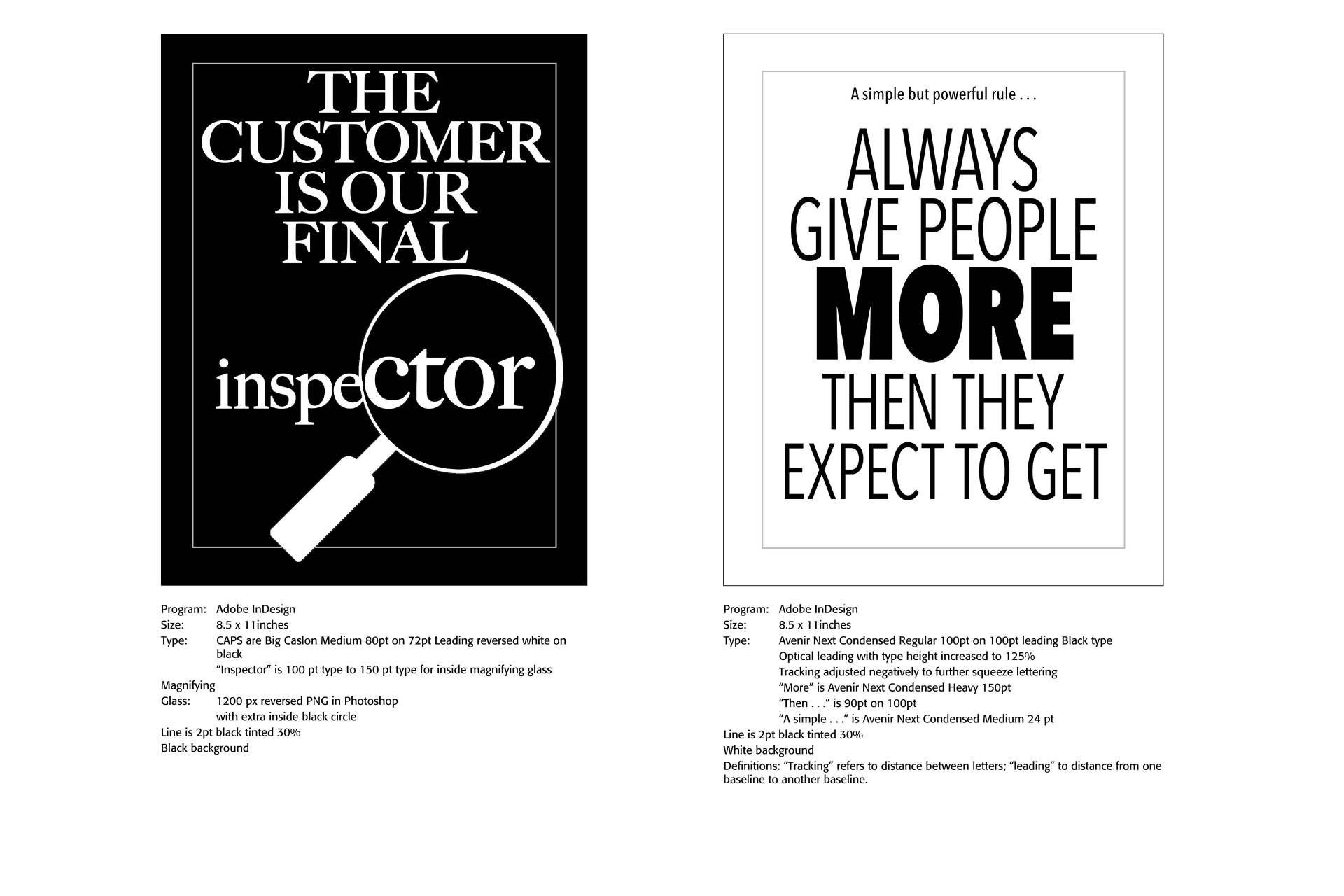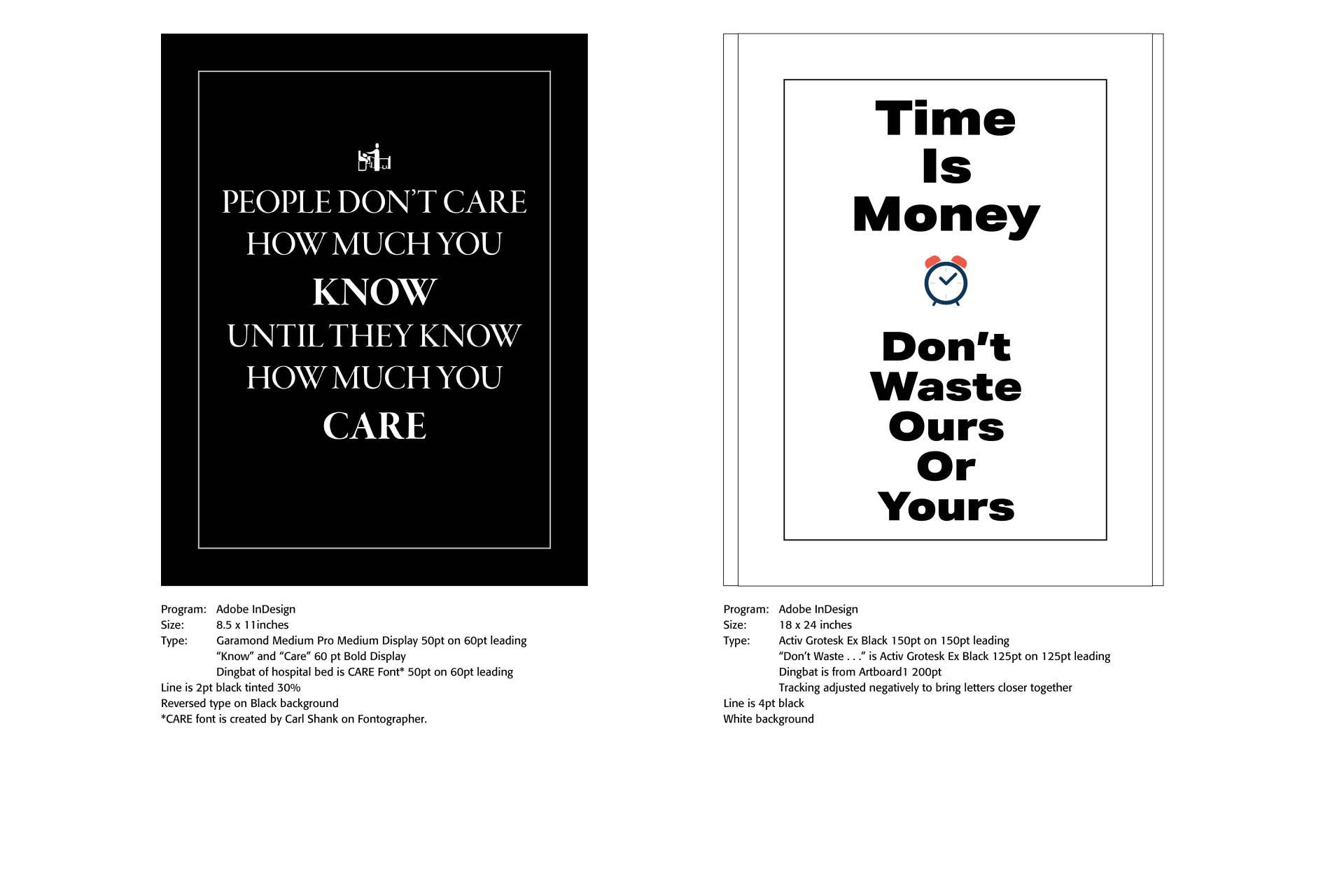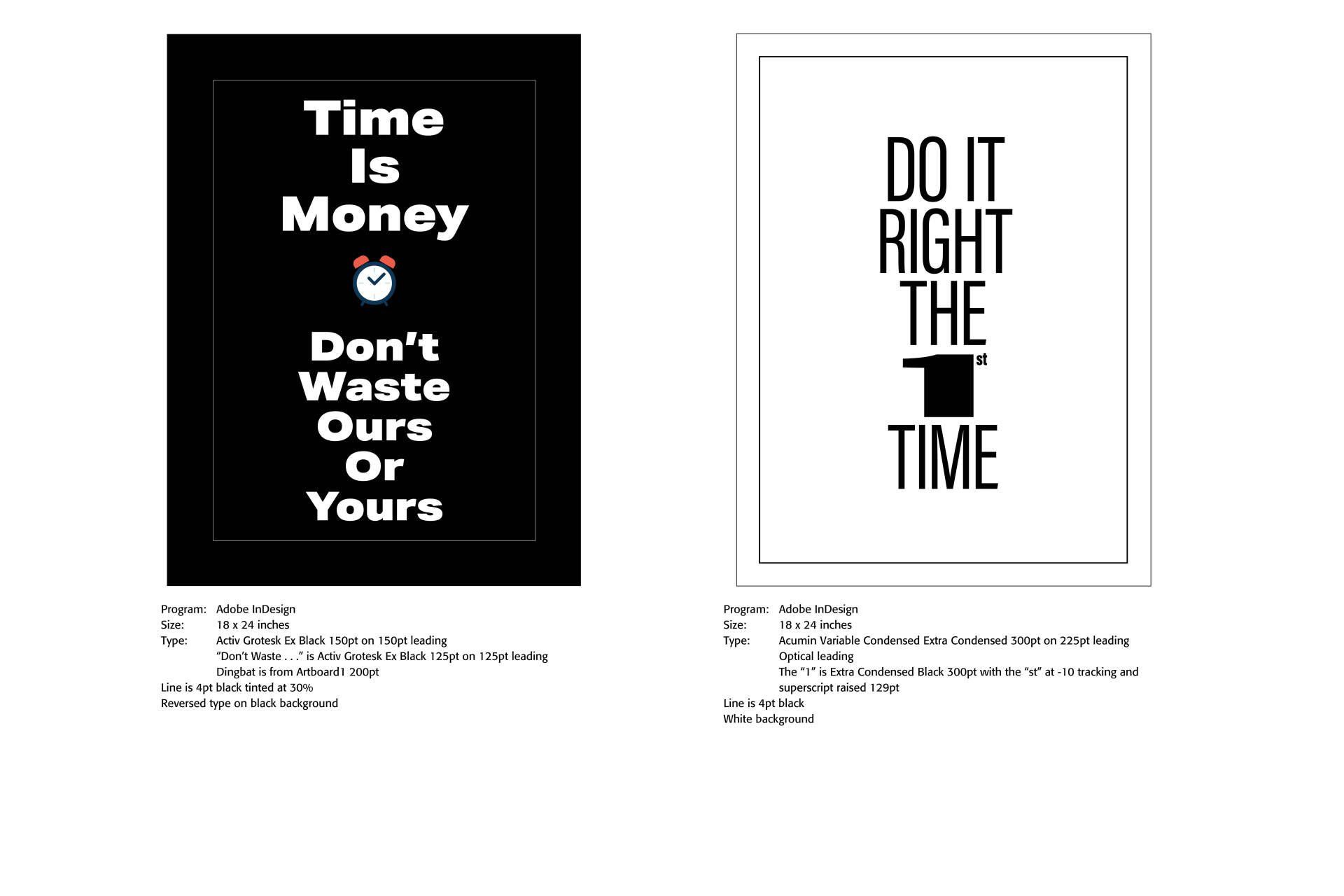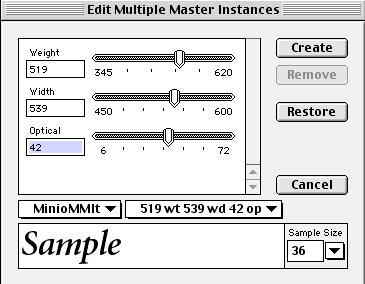Posters (1)
Carl Shank • October 23, 2021
Posters. They inhabit office and cubicle walls in many businesses, churches, schools and other places where people work, play and gather. The classic black and white business basics posters are still popular with many. They carry time tested slogans and incentives (sometimes even warnings!) urging people to excellence and productivity where they labor. They are available to purchase, or you can have places like VistaPrint create them for you, or you can use the free templates on Canva for their creation. Notice the samples below for typesetting hints and layouts.



Successful Layout & Design

AI & Typography: A Christian-Theistic Present Look Monotype Corporation recently released their 2025 Report concerning Artificial Intelligence and Typography called Re-Vision (See https://bit.ly/4aEUePf ). This eReport looks at the various typographical, social and cultural issues surrounding AI and how it affects and impacts the craft and science of typography. A selected summary of the Report is available below.

Variable Fonts: An Introduction History & Use “Variable fonts are a single font file that behaves like multiple fonts.” (John Hudson) The technology behind variable fonts has been around for a while. Starting in the 1990s, interpolation and extrapolation have been used to create different masters, and weights in typefaces. For example, by designing a regular and bold weight a semibold could be interpolated from the two masters.

